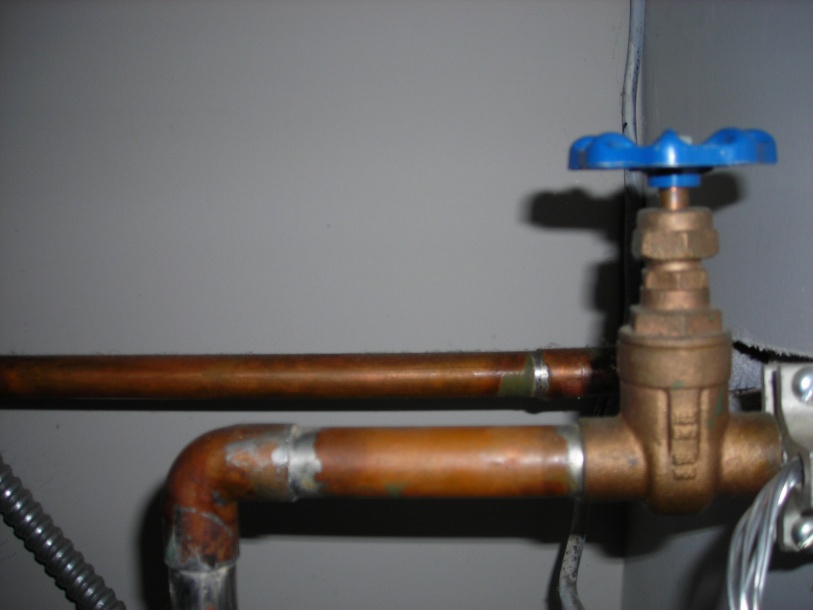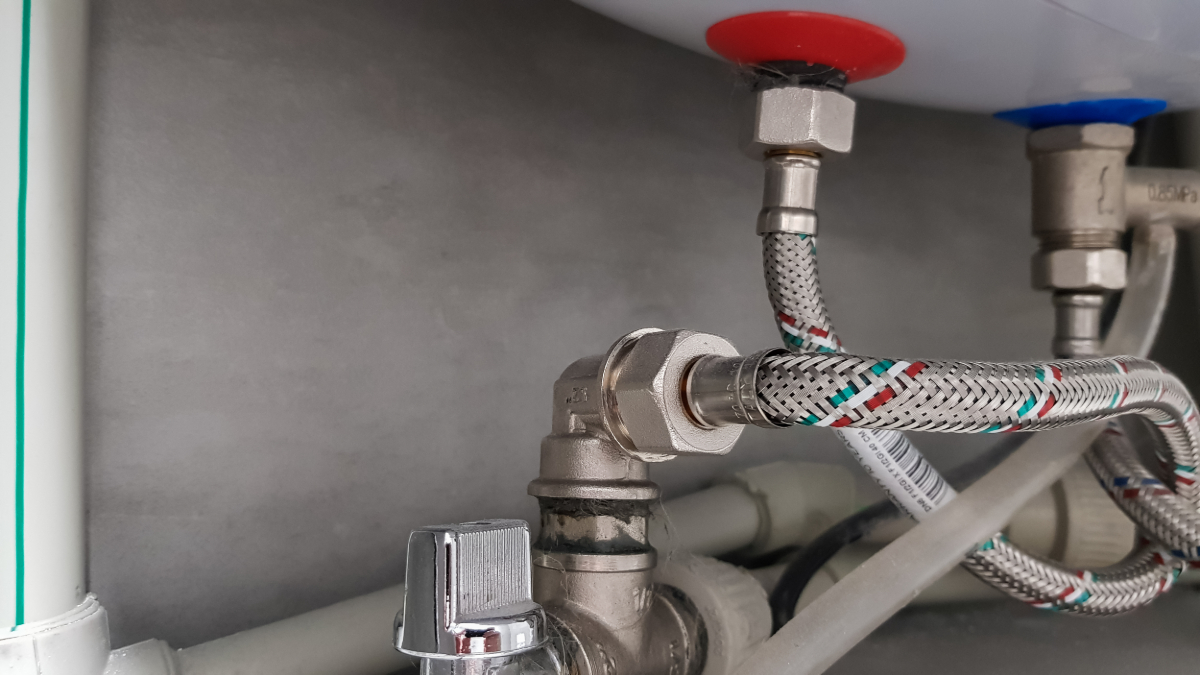Almost everyone has got their own individual assumption on the subject of Plumbing Issues in Older Properties and How to Fix Them.

Older homes usually include appeal, character, and history, however they can additionally bring a host of pipes problems. Whether you're taking care of maturing pipes, low tide stress, or leaks, knowing exactly how to resolve these usual issues is vital to preserving a safe and useful home. In this guide, we'll check out the common pipes difficulties encountered by older homes and supply practical options to keep your pipes in top form.
Recognizing Typical Pipes Issues
Aging Pipelines
Among one of the most common problems in older homes is maturing pipes. Relying on the era in which your home was developed, the pipes might be made from materials that have actually weakened gradually, such as galvanized steel, cast iron, or even lead. These materials can corrode, end up being weak, or develop leakages, bring about water damages and potential carcinogen.
Low Tide Pressure
If you're experiencing low water stress, maybe due to natural resources, corrosion inside the pipes, or old components that are no longer working successfully. This can be a major aggravation, especially in areas like showers and sinks.
Dripping Pipelines
Leakages are another regular concern in older homes, commonly caused by corroded or worn-out pipelines. Also small leakages can bring about significant water damage, mold growth, and boosted water costs if not attended to without delay.
Out-of-date Fixtures
Out-of-date pipes components such as faucets, toilets, and showerheads not only look old but may likewise be less effective, susceptible to leaks, or incompatible with contemporary pipes standards.
Pipe Corrosion
Corrosion is a typical trouble in older pipelines, particularly those made from galvanized steel or cast iron. Corroded pipelines can limit water flow, create staining, and ultimately result in leaks or pipe ruptureds.
Analyzing the Problem of Your Plumbing
Checking Visible Pipes
Start by inspecting any visible pipelines in your house, such as those in basements, crawl spaces, or under sinks. Search for signs of corrosion, leaks, or rust, which can show underlying concerns.
Checking for Leakages
Look for leakages by examining locations around taps, commodes, and under sinks. You can also monitor your water meter prior to and after a period of no water use to detect surprise leakages.
Water Top Quality Screening
Older pipelines can influence the top quality of your water. Conduct a water high quality test to look for impurities such as lead, rust, or various other impurities that may be presented by aging pipelines.
Solutions for Usual Plumbing Concerns
Replacing Aging Pipes
If your home has old, deteriorating pipelines, think about replacing them with contemporary materials like copper or PEX. This can be a substantial investment, but it will certainly prevent future concerns and boost the safety and security and reliability of your plumbing system.
Repairing Low Tide Stress
To deal with low water pressure, start by cleaning or changing old components and removing mineral build-up in the pipelines. If the issue lingers, it may be essential to change areas of corroded pipelines.
Repairing and Replacing Leaking Pipelines
For little leaks, you can make use of pipe clamps or epoxy putty as a temporary solution. Nevertheless, it's best to change leaking pipelines entirely to avoid further damage.
Upgrading Components
Upgrading old fixtures to modern, water-efficient models can improve your home's plumbing performance and minimize water usage. Look for components with the WaterSense tag for the very best efficiency.
Managing Pipe Corrosion
If your pipelines are worn away, replacing them with corrosion-resistant materials like copper, PVC, or PEX is the most effective solution. Routine inspections and water top quality maintenance can aid avoid better corrosion.
When to Call an Expert
While some pipes concerns can be handled with DIY remedies, there are times when it's best to employ a specialist. If you're taking care of significant leaks, comprehensive corrosion, or are unsure about the problem of your pipes, an accredited plumbing technician can offer experienced analysis and repair.
Preventive Upkeep Tips
Routine Inspections
Regularly examine your plumbing system for signs of deterioration. Catching problems early can stop pricey repairs down the line.
Water Pressure Regulation
Ensure your water pressure is within the recommended array to avoid stressing your pipes and fixtures. A plumbing can set up a pressure regulator if needed.
Water High Quality Upkeep
Set up water filters or conditioners if your water high quality is poor. This can protect your pipes and components from damage brought on by tough water or impurities.
Aggressive Pipeline Replacement
If your home has very old pipes, consider positive replacement before significant concerns develop. This can conserve you from emergency situation repair services and water damage.
Conclusion
Managing pipes concerns in older homes calls for a mix of alertness, preventive upkeep, and prompt upgrades. By understanding the common obstacles and knowing when to look for expert help, you can guarantee your plumbing system remains practical and trustworthy for many years to come.
Common Plumbing Problems in Older Homes
Older homes have a ton of character from the antique brass faucets, clawfoot tubs, and colorful tile to the Dutch doors, transom windows, and archways, there s a lot to love. Unfortunately, that character often includes old plumbing that s past its prime and isn t fit to support modern appliances.
If you own an older home and are suspicious about strange noises (ghosts?), smells, leaks, or frequent clogs in your plumbing, it's possible that your home s old age is to blame.
Learn more about the most common old house plumbing problems, and what can be done to fix them!
What Are the Most Common Plumbing Problems in Old Houses?
Old, corroded piping. Most older pipes are made of material that corrodes and rusts more easily. Even if over the years some of that piping was replaced with better material, the rest may be damaged or repaired with lower-quality material. Though expensive, it may be the best option to re-pipe your plumbing especially if there s rust or lead in your water. Slow drains. This could be the result of many issues, but most likely because of pipe bellies. These are sags in your drainpipes that happen as your home settles and shifts downward over time, putting pressure on your pipes and creating negative slopes. This can restrict water from flowing correctly through them and result in slow drains. Frequent clogging. As you might expect, pipe bellies can also lead to frequent clogging. Another reason for clogging could be due to buildup over time, or blockages from sediment and root growth. Scheduling a drain inspection and drain unclogging service can eliminate this issue. Damaged or failing sewer lines. Old homes are more likely to have foundational shifts and tree root overgrowth. This can put a lot of pressure on and in your sewer lines, leading to damage. Another common reason for failed sewer lines is because of modern appliance upgrades. Newer appliances put more strain on sewer lines, and if your old pipes aren t equipped to handle this, it can result in damage. If you have any wastewater backup, slow drains, or soft spots in your yard, you may need sewer line replacement. Worn or outdated fixtures. Plumbing fixtures old or new aren t built to last forever. Even if your fixtures seem like they re working well, it s best to check the wear on any internal parts. Minor wear and tear over time can lead to more costly leaks and plumbing issues. Our experts can perform a plumbing inspection for any part of your home s plumbing. Improper installations or repairs. Whether your plumbing was installed a hundred years ago, installed incorrectly, repaired incorrectly, or repaired with outdated materials, this can affect the long-term stability of your plumbing. In older homes especially, having your plumbing inspected is vital to preventing damage. What Are Old Plumbing Pipes Made Of?
Galvanized steel. Most often used between the 1930s and the 1980s, this piping material was discovered later in the 1990s to be prone to rust and corrosion, releasing lead into the water, which is dangerous to consume. Copper. Most homes built around the 1960s are likely to have copper piping. Unlike galvanized steel, copper is one of the most durable materials for plumbing pipes. The issue with this material is the risk of lead, which could be present in the piping itself or the solder applied to the joints and fittings. PVC. This material is still used today and was often used in older homes where piping was replaced because it was easy and inexpensive to install. PVC is also very durable, lead-free, resistant to rust and corrosion, and handles high water pressure well. The downside is that hot water can make it warp. How to Fix Plumbing Problems in Old Homes
Have your plumbing inspected. Before you begin or schedule any type of repair, schedule a plumbing inspection. An expert will be able to properly identify all the issues in your plumbing and the best solution to avoid further damage. Get your plumbing repaired or replaced as needed. Depending on the issues found with your plumbing, you may need minor repairs or larger replacements. Make sure these issues are addressed before you tackle any smaller issues. Remove any clogs or buildup. It s likely your old pipes are clogged with debris, mineral buildup, hair, tree roots, and more. Having your drainpipes cleaned will improve overall drainage and help prevent future leaks. Replace old fixtures. Before replacing any fixtures, check with your local plumber first. Not only can new fixtures strain your old plumbing pipes, but installing them incorrectly can lead to costly damage.

We hope you liked our article about Common Plumbing Problems in Older Homes. Thanks for taking the time to browse our article post. Make sure you take a moment to distribute this article if you liked it. We enjoy your readership.
Visit Homepage